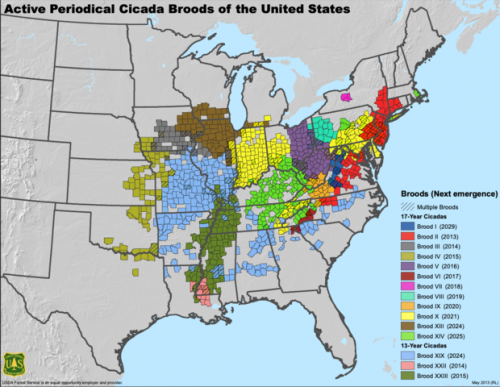Serial sex abuser Donald Trump (SSAT) has had his Truth Social company go public by merging with a publicly traded shell company Digital World Acquisition Corp. Under the deal SSAT owns nearly 79 million shares, about 58% of the total. While the share price peaked at $79.38 on March 22, making his shares worth about $6.3 billion, it has since dropped precipitously, and as of yesterday was trading at $33, making its worth about $2.6 billion.
David Cay Johnson writes that the true value of the stock in Trump’s company is zero since it lost $58 million last year and had revenues of just $4 million with no sign that revenues will rise. Johnson says that because the stock is highly over valued, it is the target of so-called ‘short sellers’, who make money by betting correctly that a stock’s price is going to fall.
[Read more…]





